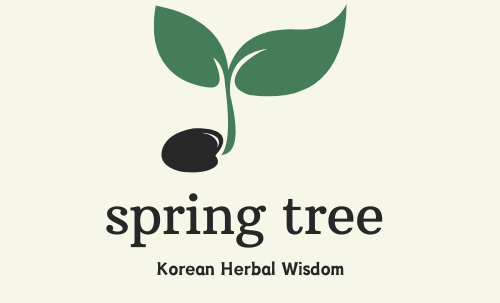Seokjam Pul (Tachys riederi var. japonica) is a spring herb known for its health benefits, including fever reduction and pain relief. Learn how to cook it, when to harvest it, and how to store it properly.
Discover the Wonders of Seokjam Pul
Hi there! 🌿
Let’s talk about Seokjam Pul, a fascinating spring herb that thrives in the wetlands of Korea. Known for its health benefits and versatility in cooking, this herb is a hidden gem for those looking to connect with nature while enhancing their meals. Ready to explore the magic of Seokjam Pul? Let’s dive in! 😊
1. What Is Seokjam Pul?
Seokjam Pul (Tachys riederi var. japonica) is a perennial herb commonly found in wetlands across Korea. It grows up to 60 cm tall and has lance-shaped leaves with serrated edges. Depending on its variety, the stems and leaf veins may be covered in soft hairs, giving rise to names like “Kaeseokjam Pul” and “Teolseokjam Pul.”
The herb is best harvested between April and May, when its young leaves are tender and ideal for cooking. In traditional Korean medicine, Seokjam Pul is prized for its ability to relieve pain, reduce fever, and aid digestion.
2. The Health Benefits of Seokjam Pul
Seokjam Pul isn’t just delicious—it’s packed with therapeutic properties that make it a valuable addition to your diet.
Fever Reduction: The herb has natural cooling properties that help reduce body heat.
Pain Relief: It’s used in traditional medicine to alleviate headaches, abdominal pain, and other discomforts.
Digestive Support: Seokjam Pul promotes healthy digestion and soothes the stomach.
Blood Circulation: Known for its blood-purifying properties, it helps maintain overall wellness.
These benefits make Seokjam Pul an excellent choice for both your plate and your health!
3. How to Cook Seokjam Pul
Seokjam Pul is typically blanched before use to soften its texture and remove any bitterness. Here are two simple ways to enjoy this herb:
Seokjam Pul Salad (Namul)
Clean the young leaves thoroughly.
Blanch them in boiling water with a pinch of salt for 1–2 minutes.
Rinse under cold water, drain, and squeeze out excess moisture.
Mix with sesame oil, soy sauce, minced garlic, and a sprinkle of sesame seeds.
Serve as a flavorful and healthy side dish.
Seokjam Pul Soup
Blanch Seokjam Pul and set aside.
In a pot, bring water to a boil and dissolve soybean paste.
Add diced tofu, zucchini, and potatoes, then simmer until tender.
Add Seokjam Pul for the final 2 minutes of cooking and serve hot.
Both recipes highlight the herb’s natural flavor and are easy to prepare, making them perfect for any meal.
4. When and How to Harvest Seokjam Pul
Best Time to Harvest:
Seokjam Pul is best harvested in April and May, when its young leaves are at their most tender and flavorful.
Where to Find It:
Look for this herb in wetlands, meadows, or along mountain trails, where the soil retains moisture.
Harvesting Tips:
Pick the young leaves and avoid damaging the roots to allow the plant to regenerate.
Harvest responsibly, leaving enough behind to support the ecosystem.
5. How to Store Seokjam Pul
Proper storage ensures that Seokjam Pul stays fresh and flavorful for longer. Here’s how you can keep it in top condition:
Refrigeration: Blanch the leaves, remove excess water, and store them in an airtight container in the fridge for up to a week.
Freezing: Divide the blanched leaves into small portions and freeze them. This method preserves their flavor and texture for several months.
6. Why You Should Try Seokjam Pul
Seokjam Pul is more than just a spring herb—it’s a way to enjoy nature’s bounty while supporting your health. Its unique flavor, combined with its numerous benefits, makes it a must-try ingredient for anyone interested in seasonal cooking or natural remedies.
Have you tried cooking with Seokjam Pul? Share your recipes or experiences in the comments below—I’d love to hear from you! 😊
